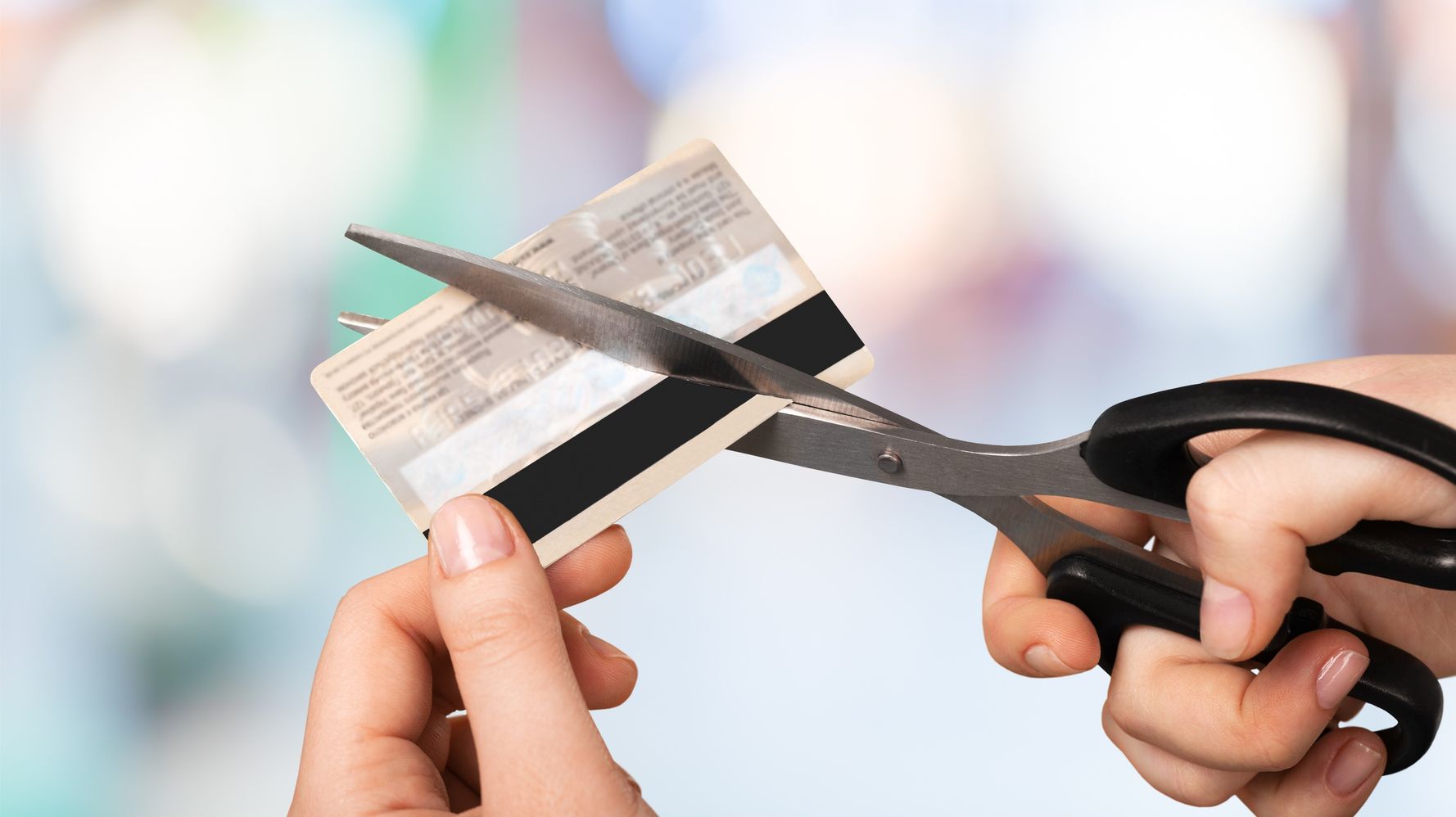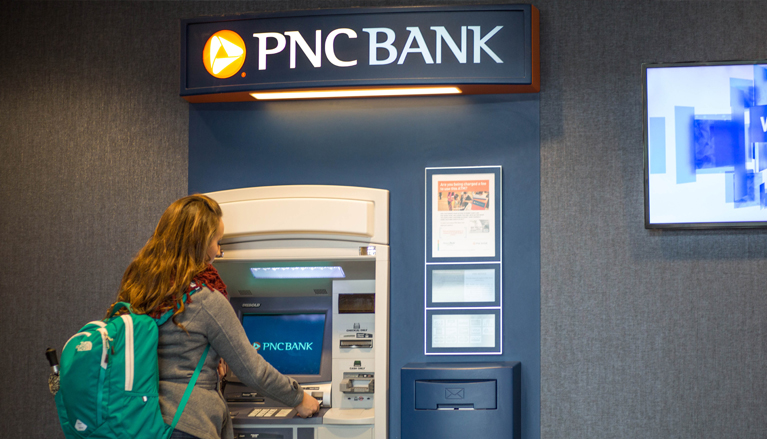
These are the things to remember if you're thinking of opening a Panama bank account. These include understanding the rules and opening an account in each province. Also, how to avoid conflict with Panama's bank. It can be difficult to get an account in Panama. These tips will help. Keep reading to learn more! You should also keep in mind the fact that Panama has many banks that aren't affiliated with the central bank.
Information on opening a bank account for Panama
To open a bank account Panama, there are a few simple steps. First, you need to obtain a cedula. This form provides an identification number and is very similar with your social security card in America. But, you can only use this document if your Panamanian residency is present. An e-cedula is a document that stands for "extranjero" if you do not have a Cedula.
The next step is to present documents. A copy your current passport, the reference of an immigration attorney, and proof that you have income. These documents could include your tax returns or pension documents. Some documents might be different between banks so ensure you check before applying. After you've received all of the documents, you'll need to wait for your account to be approved. This process can take several weeks depending on which bank and branch you use.
Getting a bank account in the provinces
There are some things you can do to make opening a bank card in Panama a little easier. First, Panama has only two state-owned banks that can do business in the country. Second, the Banking Supervisory Authority (also known as the Superintendencia de Bancos) regulates the banks. In general, you can visit the offices of a local bank to open an account. Most banks are open from Monday through Friday from 08:30 to 17:00, with some closed for lunch. Saturdays are generally also open.

Panama's provinces are similar to the U.S. and Canadian states. Each province is broken down into smaller areas known as districts. Corregimientos, or smaller towns, are found around larger cities. Districts are located in the vicinity of the larger ones. The original province of Panama is divided into three provinces: Los Santos, Panama Oeste, and Panama. The Panama Canal seperates the Panama Provinces.
FAQ
What should you look for in a brokerage?
When choosing a brokerage, there are two things you should consider.
-
Fees – How much are you willing to pay for each trade?
-
Customer Service - Will you get good customer service if something goes wrong?
You want to choose a company with low fees and excellent customer service. This will ensure that you don't regret your choice.
How do you start investing and growing your money?
It is important to learn how to invest smartly. By learning how to invest wisely, you will avoid losing all of your hard-earned money.
Learn how to grow your food. It's not difficult as you may think. You can easily plant enough vegetables for you and your family with the right tools.
You don't need much space either. However, you will need plenty of sunshine. Also, try planting flowers around your house. They are very easy to care for, and they add beauty to any home.
Finally, if you want to save money, consider buying used items instead of brand-new ones. The cost of used goods is usually lower and the product lasts longer.
Do you think it makes sense to invest in gold or silver?
Since ancient times, the gold coin has been popular. It has been a valuable asset throughout history.
As with all commodities, gold prices change over time. A profit is when the gold price goes up. You will be losing if the prices fall.
So whether you decide to invest in gold or not, remember that it's all about timing.
Statistics
- As a general rule of thumb, you want to aim to invest a total of 10% to 15% of your income each year for retirement — your employer match counts toward that goal. (nerdwallet.com)
- According to the Federal Reserve of St. Louis, only about half of millennials (those born from 1981-1996) are invested in the stock market. (schwab.com)
- If your stock drops 10% below its purchase price, you have the opportunity to sell that stock to someone else and still retain 90% of your risk capital. (investopedia.com)
- An important note to remember is that a bond may only net you a 3% return on your money over multiple years. (ruleoneinvesting.com)
External Links
How To
How to invest in stocks
Investing has become a very popular way to make a living. This is also a great way to earn passive income, without having to work too hard. There are many ways to make passive income, as long as you have capital. There are many opportunities available. All you have to do is look where the best places to start looking and then follow those directions. This article will help you get started investing in the stock exchange.
Stocks are shares that represent ownership of companies. There are two types: common stocks and preferred stock. While preferred stocks can be traded publicly, common stocks can only be traded privately. The stock exchange trades shares of public companies. They are valued based on the company's current earnings and future prospects. Investors buy stocks because they want to earn profits from them. This process is known as speculation.
There are three key steps in purchasing stocks. First, determine whether to buy mutual funds or individual stocks. Second, choose the type of investment vehicle. Third, you should decide how much money is needed.
Choose Whether to Buy Individual Stocks or Mutual Funds
For those just starting out, mutual funds are a good option. These are professionally managed portfolios that contain several stocks. Consider the risk that you are willing and able to take in order to choose mutual funds. Mutual funds can have greater risk than others. If you are new to investments, you might want to keep your money in low-risk funds until you become familiar with the markets.
If you would prefer to invest on your own, it is important to research all companies before investing. Be sure to check whether the stock has seen a recent price increase before purchasing. The last thing you want to do is purchase a stock at a lower price only to see it rise later.
Choose the right investment vehicle
After you've made a decision about whether you want individual stocks or mutual fund investments, you need to pick an investment vehicle. An investment vehicle is simply another method of managing your money. You could place your money in a bank and receive monthly interest. Or, you could establish a brokerage account and sell individual stocks.
You can also create a self-directed IRA, which allows direct investment in stocks. You can also contribute as much or less than you would with a 401(k).
Selecting the right investment vehicle depends on your needs. You may want to diversify your portfolio or focus on one stock. Are you seeking stability or growth? How confident are you in managing your own finances
The IRS requires all investors to have access the information they need about their accounts. To learn more about this requirement, visit www.irs.gov/investor/pubs/instructionsforindividualinvestors/index.html#id235800.
Decide how much money should be invested
The first step in investing is to decide how much income you would like to put aside. You can set aside as little as 5 percent of your total income or as much as 100 percent. The amount you decide to allocate will depend on your goals.
If you are just starting to save for retirement, it may be uncomfortable to invest too much. For those who expect to retire in the next five years, it may be a good idea to allocate 50 percent to investments.
Remember that how much you invest can affect your returns. Before you decide how much of your income you will invest, consider your long-term financial goals.